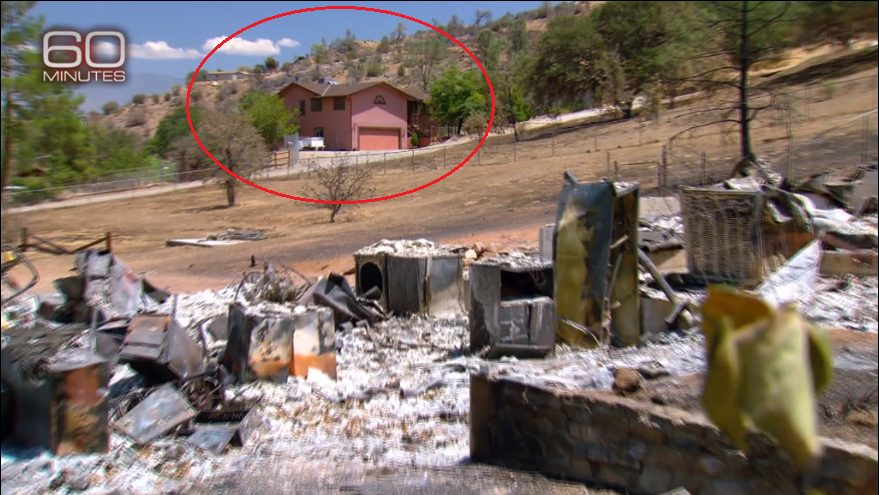'Paper Interface': Why
The What Now
It's over back to reality. The world is bigger.
---
This describes what the reader gets out of the "paper interface". For a definition, see part one: The 'Paper Interface': What? and part two: 'Paper Interface': How.
We fight the urge to *share* a story with a textpad interrupt "want-to-tweet" list. Some stories pull us in past the first sentence. The cartoons capture much in a one-panel drawing.
We don't smell newsprint.
Note the irritation anxiety having left our bodies. Is that ... traction? The news won't slip around on the screen?
Letters to the editor, nobody we know. Viewpoints we do. (Are they all really old? The Silent Generation, that still writes in? Some are witty.) OpEds and editorials, we recognize that guest contributor's name. Business section, cryptocurrency speculators, optimism, Dilbert still funny. Sports. Fewer wire stories in Sports. Human optimism. The 1981 roster flies in to lunch with ALS-stricken Dwight Clark? Cowboys too?
Flip. Skim: story-hed lede sentence story-hed lede. Flip. Unconsciously growing happy closer to accomplishment "arrival". End target is the jumble puzzle on penultimate page embedded in comics. Read Doonesbury (he's still around?) Try pen-and-paper permutations before surrendering to jumblesolver.us for that less-obvious fourth. Don't be weak, no jumblesolver.us!
We don't smell newsprint.
Note the irritation anxiety having left our bodies. Is that ... traction? The news won't slip around on the screen?
Letters to the editor, nobody we know. Viewpoints we do. (Are they all really old? The Silent Generation, that still writes in? Some are witty.) OpEds and editorials, we recognize that guest contributor's name. Business section, cryptocurrency speculators, optimism, Dilbert still funny. Sports. Fewer wire stories in Sports. Human optimism. The 1981 roster flies in to lunch with ALS-stricken Dwight Clark? Cowboys too?
Flip. Skim: story-hed lede sentence story-hed lede. Flip. Unconsciously growing happy closer to accomplishment "arrival". End target is the jumble puzzle on penultimate page embedded in comics. Read Doonesbury (he's still around?) Try pen-and-paper permutations before surrendering to jumblesolver.us for that less-obvious fourth. Don't be weak, no jumblesolver.us!
Last page. While off the hook having reached our jumble target, we don't stop. We read one of two columnists and the first Dear Abby. Don Asmussen, ha. Ha ha ha. (No permalink, can't *share* Don who nailed it.) Now text is pulling us we're not pushing. As Sven Birkerts says in States of Reading ("Best American Essays 1998"):
Several things happen when we move via the first string of words from our quotidian world into the realm of the written. We experience almost immediately a transposition -- perhaps an exposition, perhaps a condensation -- of our customary perception of reality. We shift our sense of time from our ordinary, sequential, clockface awareness to a quasi-timeless sense of suspension, that sublime forgetting of the grid sometimes called duration. Finally, and no less significantly, we find ourselves instantly and implicitly changing our apprehension of the meaning structure of the world.
It's over back to reality. The world is bigger.
---
This describes what the reader gets out of the "paper interface". For a definition, see part one: The 'Paper Interface': What? and part two: 'Paper Interface': How.


